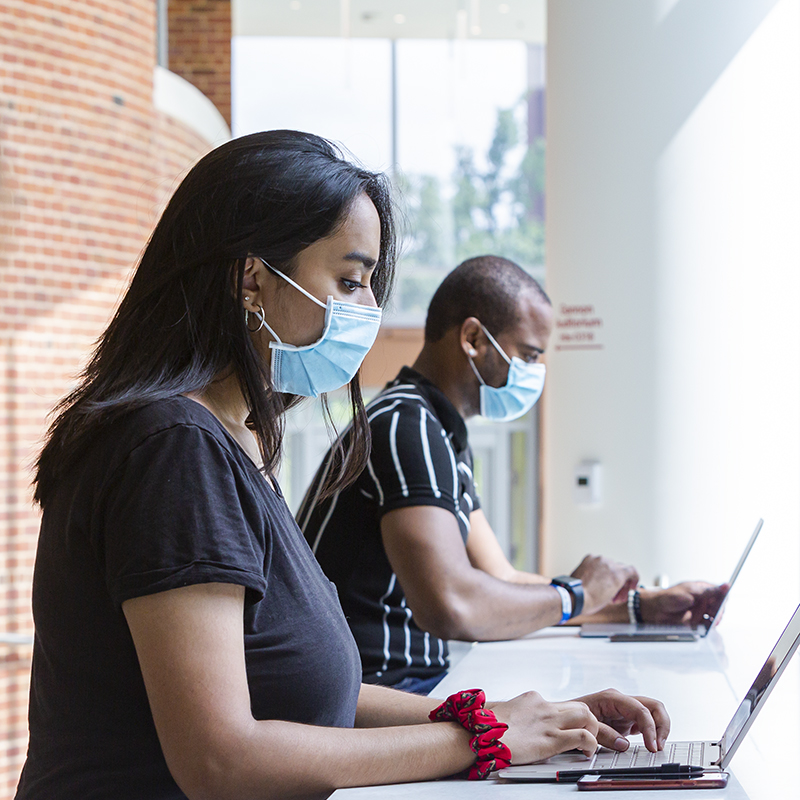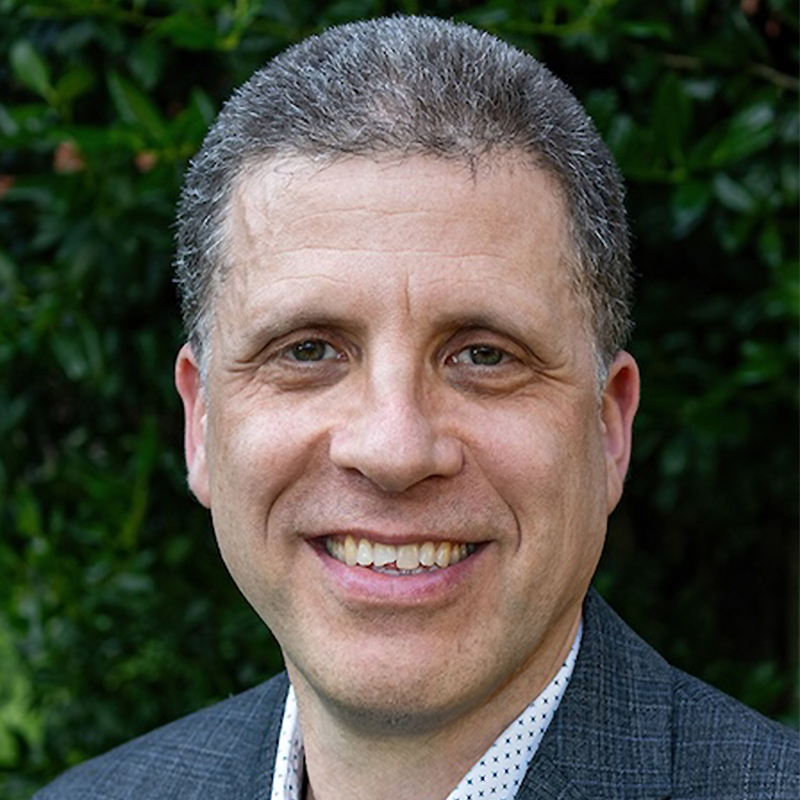News Story
Oops-Proofing

By Aadit Tambe M. Jour ’22. Originally published in Maryland Today.
Your smartphone slipped from your hand and onto the sidewalk. Or maybe you sat on it. Or threw it in a totally uncharacteristic fit of rage. Not only is your heart in pieces, but so is your phone’s screen.
Now a new partnership between Amazon Lab126 and the Center for Risk and Reliability (CRR) at UMD’s A. James Clark School of Engineering aims to stop those casualties by better understanding how the company’s digital products can be damaged and finding solutions.
“We conduct extensive research to understand how our customers use their devices, and potentially or accidentally misuse them,” said Guneet Sethi, senior reliability engineering manager of Lab126, Amazon’s research and development arm that designs, develops and tests its smartphones, voice assistants and tablets. “In our collaboration with CRR, we hope to better model customer behavior so we can make our devices more reliable.”
CRR partners with federal entities such as the Nuclear Regulatory Commission, NASA, the Department of Defense and the Department of Energy to perform reliability analysis of devices and systems, as well as with private industry to test product durability in simulated real-world conditions, helping manufacturers understand the lifespan of products.
“Amazon came to us not because of our ability to design tests, but because of our ideas of how to do these tests better; and how we could improve the way they get more relevant information from customers and how they could do a better job there. They needed some free-thinking in that area, and that’s what we do for them.”
Mohammad Modarres, director, Center for Risk and Reliability
“Amazon came to us not because of our ability to design tests, but because of our ideas of how to do these tests better; and how we could improve the way they get more relevant information from customers and how they could do a better job there,” CRR Director Mohammad Modarres said. “They needed some free-thinking in that area, and that’s what we do for them.”
As a part of this collaboration, Amazon shares important feedback from customers and data about their devices’ durability. CRR is using this data to build models of reliability prediction, and design reliability tests to ensure the devices can endure physical damage, and to help Amazon estimate how many spare parts need to be kept on hand.
The relationship between Lab126 and UMD gives students a hands-on opportunity to tackle real-world problems and find novel solutions working directly with clients and could pave the way for students seeking careers with Amazon, Modarres said.
Neda Shafiei, a third-year doctoral student in mechanical engineering, who is working on the project with Modarres, aspires to work as a reliability engineer after graduating.
“This project gives me the opportunity to learn what’s happening in the industry—what difficulties (engineers) face when they design tests to estimate the reliability of the products,” she said. “This is a good opportunity to bridge academic learning with industrial aspects.”
Amazon Science News contributed to this article.
Published May 12, 2021










